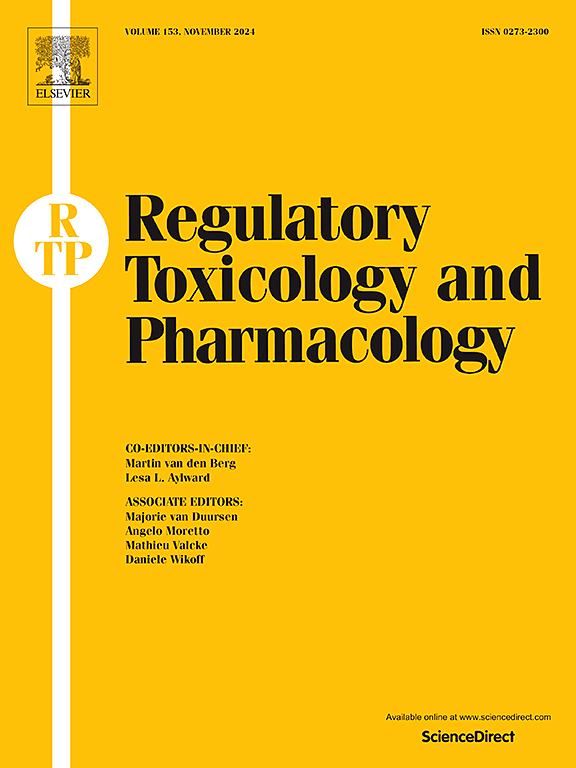A tool to support food substance safety evaluations in the United States
IF 3
4区 医学
Q1 MEDICINE, LEGAL
引用次数: 0
Abstract
The US Food and Drug Administration (FDA) has published numerous regulations and guidance documents providing the foundation for establishing the safety of food substances. However, subject matter expertise is needed to interpret regulations and guidance documents commissioned to meet the regulatory standard of reasonable certainty that the substance is not harmful under the conditions of its intended use. To provide guidance for decision-making and communication within the food industry on safety determinations for food substances, a decision tree was developed to inform the user on what approach, supporting information, and documentation are needed. This framework has been developed by industry experts based on considerable experience substantiating safety with a wide range of food substances, to provide a structured approach to help navigate changes that have the potential to impact safety determinations. Several case studies applying the decision tree are presented. The objective of this manuscript is to serve as a reference to promote aligned practices using a decision tree for evaluating food substance safety throughout the food industry, as well as to function as a communication tool between food manufacturers, internal stakeholders, and consumers.
支持美国食品物质安全评估的工具
美国食品和药物管理局(FDA)发布了许多法规和指导文件,为建立食品物质的安全性提供了基础。然而,需要主题专门知识来解释法规和指导文件,以达到合理确定该物质在其预期用途条件下无害的监管标准。为了给食品行业内关于食品物质安全决定的决策和沟通提供指导,制定了一个决策树,告知用户需要什么方法、支持信息和文件。这个框架是由行业专家根据大量的经验开发的,这些经验证实了各种食品物质的安全性,提供了一个结构化的方法来帮助导航可能影响安全决定的变化。给出了几个应用决策树的案例研究。本手稿的目的是作为一个参考,以促进一致的做法使用决策树评估食品物质安全在整个食品行业,以及作为食品制造商,内部利益相关者和消费者之间的沟通工具的功能。
本文章由计算机程序翻译,如有差异,请以英文原文为准。
求助全文
约1分钟内获得全文
求助全文
来源期刊
CiteScore
6.70
自引率
8.80%
发文量
147
审稿时长
58 days
期刊介绍:
Regulatory Toxicology and Pharmacology publishes peer reviewed articles that involve the generation, evaluation, and interpretation of experimental animal and human data that are of direct importance and relevance for regulatory authorities with respect to toxicological and pharmacological regulations in society. All peer-reviewed articles that are published should be devoted to improve the protection of human health and environment. Reviews and discussions are welcomed that address legal and/or regulatory decisions with respect to risk assessment and management of toxicological and pharmacological compounds on a scientific basis. It addresses an international readership of scientists, risk assessors and managers, and other professionals active in the field of human and environmental health.
Types of peer-reviewed articles published:
-Original research articles of relevance for regulatory aspects covering aspects including, but not limited to:
1.Factors influencing human sensitivity
2.Exposure science related to risk assessment
3.Alternative toxicological test methods
4.Frameworks for evaluation and integration of data in regulatory evaluations
5.Harmonization across regulatory agencies
6.Read-across methods and evaluations
-Contemporary Reviews on policy related Research issues
-Letters to the Editor
-Guest Editorials (by Invitation)

 求助内容:
求助内容: 应助结果提醒方式:
应助结果提醒方式:


